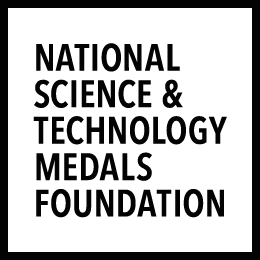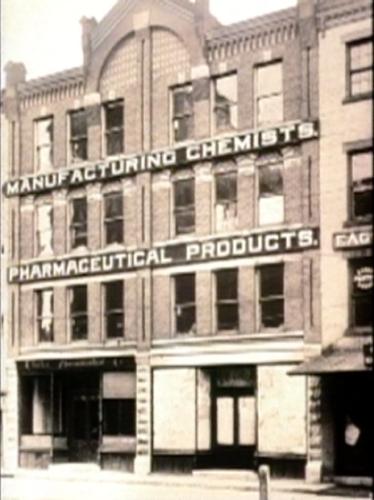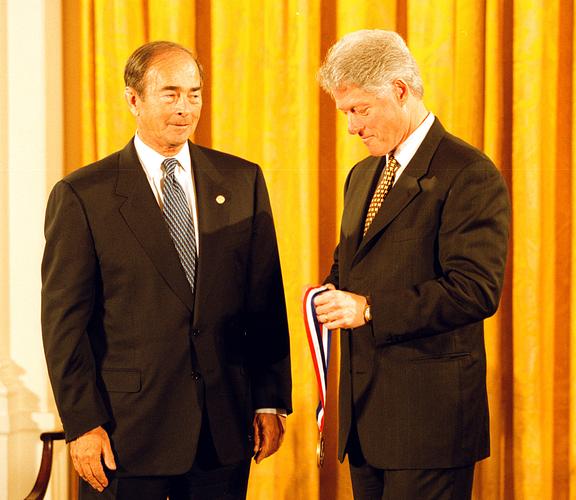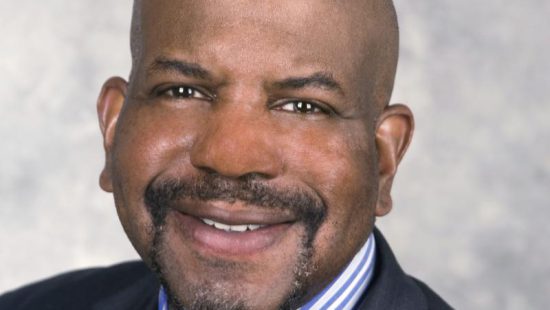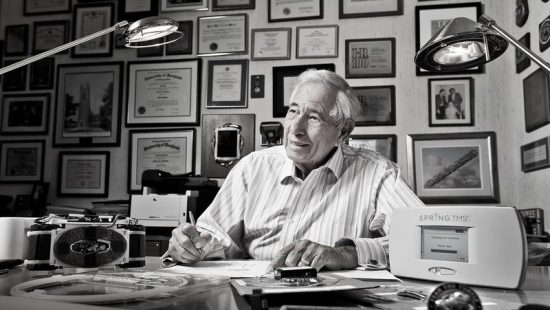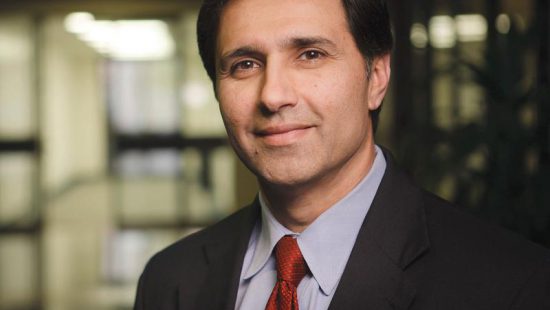When Edward Robinson Squibb founded the E.R. Squibb, M.D. company in 1858, the medical kits he sold to the Union Army during the Civil War contained remedies such as ether and chloroform to numb the pain of battle wounds, and whiskey to ease the shock. The company has come a long way since then, evolving into the global pharmaceutical powerhouse Bristol-Myers Squibb Co. and forging paths in antibiotics as well as the treatment of high blood pressure and diabetes. Most recently, the company has been exploring potential cures for cancer and HIV/AIDS through immunotherapy, or drugs that trigger the body’s own defenses to fight the sickness.
In 1989, Squibb merged with Bristol-Myers, a revamped Brooklyn pharmaceutical company launched in 1887. Notable products include Paraplatin for ovarian cancer (1989), Videx for HIV/AIDS (1991) and blood thinner Plavix (1997). In 1975, the company also developed Capoten, the first ACE inhibitor, which opened up a class of drugs used to treat high blood pressure, diabetes and kidney disease.
But you may know Bristol-Myers Squibb from some of its more common products. The next time you have a headache, you can thank the company for Excedrin, which in 1960 became the first over-the-counter migraine pill approved by the FDA. You can thank Squibb for your electronic toothbrush too, which it first released in 1961. Depending on when you were born, you might also know the company from its brief stint in Hollywood, where it operated movie studio Palomar Pictures from 1970 to 1974 and released well-known films like The Taking of Pelham One, Two, Three and The Stepford Wives.
By Lauren Clason
